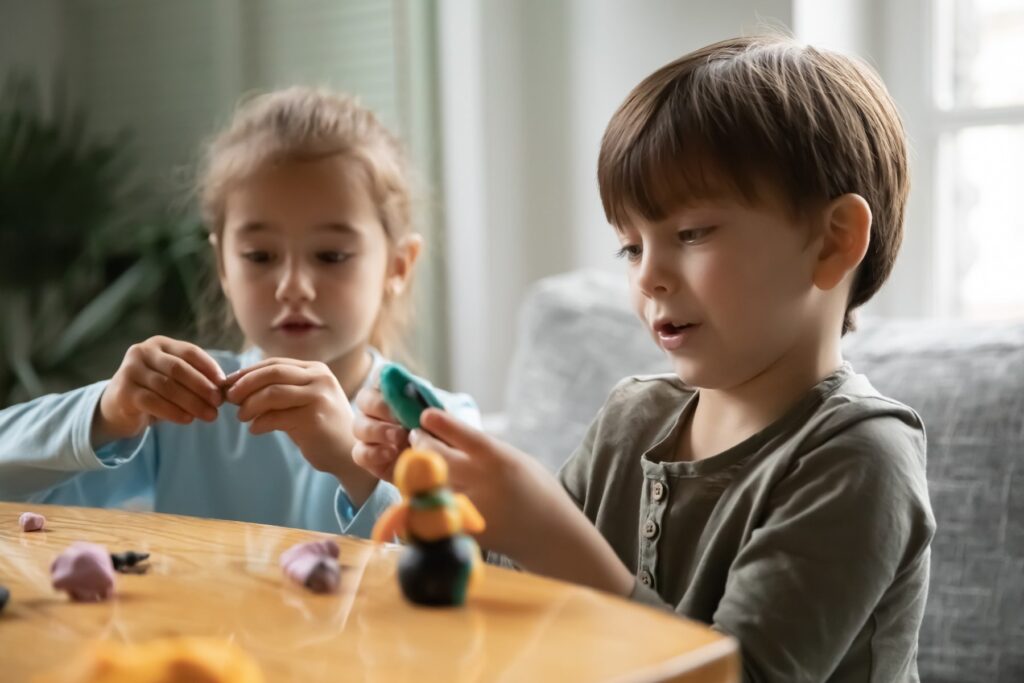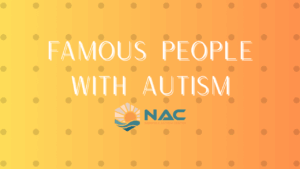Helping children develop strong situational awareness skills provides them with tools for safety, social success, and increased independence. For children with autism, learning to observe and understand their environment might require different teaching approaches, but it’s an essential life skill that contributes to confidence and security in various settings.
Understanding Situational Awareness
Situational awareness involves noticing and understanding what’s happening around us, recognizing potential challenges or opportunities, and responding appropriately to different environments. All children benefit from developing these skills, and early intervention can help autistic children build these abilities in ways that work with their unique learning styles and processing differences.
Many autistic children naturally excel at noticing details that others might miss, which can actually provide a foundation for strong situational awareness. The key lies in helping them organize and interpret these observations in ways that support their safety and social navigation. Rather than trying to change how they notice things, we can build upon their natural observational abilities.
Starting with Familiar Environments
Teaching situational awareness often begins with helping children understand different types of environments and what to expect in each setting. A grocery store has different expectations than a library, and a playground requires different awareness than a classroom. By explicitly teaching these environmental cues and expectations, children can better prepare for and navigate various situations.
Start by practicing awareness skills in familiar, comfortable environments before introducing more complex or challenging settings. At home, children can learn to notice things like who is present, what activities are happening, and how the environment feels. This foundation provides a safe space for developing observation skills that can later transfer to community settings.
Using Visual Supports and Structure
Visual supports often help autistic children process and remember situational awareness concepts. Picture schedules showing different environments and their associated expectations can provide concrete reference points. Social stories that describe what to look for in various settings help children prepare for new situations and understand what constitutes appropriate awareness and response.
Breaking down situational awareness into specific, teachable components makes the skill more manageable. This might include teaching children to notice the number of people in a space, identify exits and safe areas, observe the general mood or energy level of an environment, and recognize authority figures or helpful adults. Each component can be practiced separately before combining them into comprehensive awareness.
Practicing Through Role-Play
Role-playing and practice sessions provide opportunities to develop these skills in low-pressure environments. Families can practice scenarios like entering a busy restaurant, navigating a crowded playground, or recognizing when someone might need help. These practice sessions allow children to develop responses and strategies before encountering real-world situations.
For many autistic children, establishing routines around situational awareness helps make the skill automatic. This might involve taking a moment upon entering any new environment to observe and orient, identifying the nearest adult or authority figure, or noting where exits are located. When these observation habits become routine, they require less conscious effort and provide ongoing safety benefits.
Developing Self-Awareness
Teaching children to recognize their own internal signals represents another important component of situational awareness. This includes understanding when they feel overwhelmed, recognizing early signs of sensory overload, and knowing when they need to seek support or change their environment. Self-awareness forms the foundation for effective environmental awareness.
When children can identify their own comfort levels and needs, they’re better equipped to make good decisions about how to navigate different environments and when to seek help from trusted adults.
Building Social Awareness Skills
Social awareness represents a complex but important aspect of situational awareness. This involves reading social cues, understanding group dynamics, and recognizing when situations might be becoming tense or uncomfortable. While this can be challenging for autistic children, breaking these skills down into concrete, observable behaviors makes them more accessible.
Teaching children to notice things like voice tones, body language, and group energy helps them understand social contexts. This doesn’t mean they need to perfectly interpret every social nuance, but rather that they can recognize when situations feel different and know how to respond appropriately.
Teaching Help-Seeking Skills
Teaching children when and how to seek help represents a crucial component of situational awareness. This includes identifying trustworthy adults, understanding when situations require adult intervention, and knowing how to communicate their needs effectively. These skills provide important safety nets when children encounter challenging or confusing situations.
Children need to learn the difference between situations they can handle independently and those that require adult support. This might include recognizing when they’re lost, when someone is making them uncomfortable, or when they’re feeling overwhelmed and need a break.
Building Confidence, Not Anxiety
Building situational awareness doesn’t mean creating anxiety or hypervigilance. The goal is helping children feel more confident and secure by understanding their environment and knowing how to navigate various situations successfully. When children possess these skills, they often feel more comfortable exploring new environments and engaging in community activities.
Different children will develop situational awareness at different rates and may excel in different aspects of these skills. Some might be excellent at noticing environmental details but need support with social awareness. Others might excel at reading people’s emotions but struggle with spatial orientation. Individualizing instruction based on each child’s strengths and needs ensures the most effective learning.
Supporting Generalization
Consistency between home, school, and community settings helps reinforce situational awareness learning. When all adults in a child’s life use similar language and expectations around environmental awareness, children can more easily generalize their skills across different settings and situations.
The development of strong situational awareness skills contributes to increased independence and confidence for autistic children. As they become more skilled at reading and navigating their environment, they can participate more fully in community activities and feel more secure in various settings.
The Long-Term Benefits
These skills also support social development by helping children understand social contexts and respond appropriately to different social environments. When children can read the social climate of a situation, they’re better equipped to engage successfully with peers and adults.
Situational awareness skills provide a foundation for future independence and success in school, community activities, and eventually workplace environments. Children who develop these abilities early are better prepared to navigate the complex social and environmental demands they’ll encounter as they grow.
If you’re interested in helping your child develop stronger situational awareness skills, Norfolk Autism Center can provide guidance and support. Our team understands how to teach these important life skills in ways that work with each child’s unique learning style. Contact us at (757) 777-3229 to learn more about building your child’s confidence and independence through skill development.




